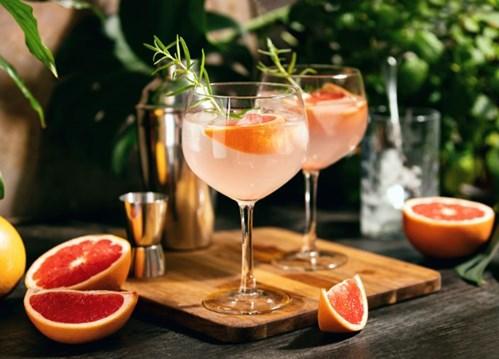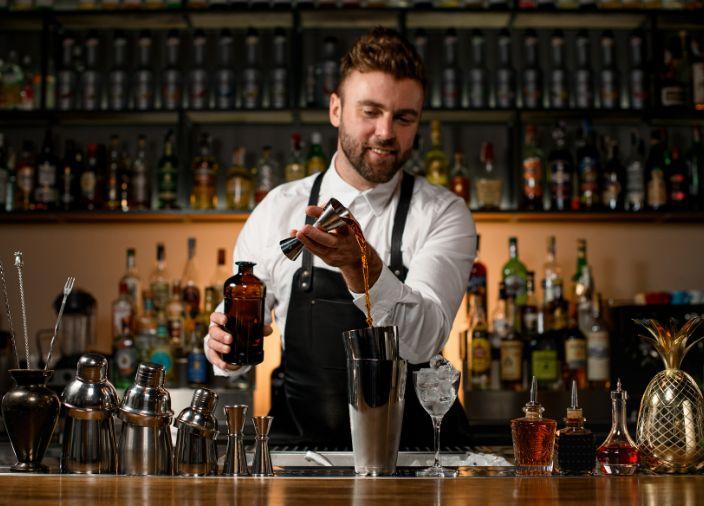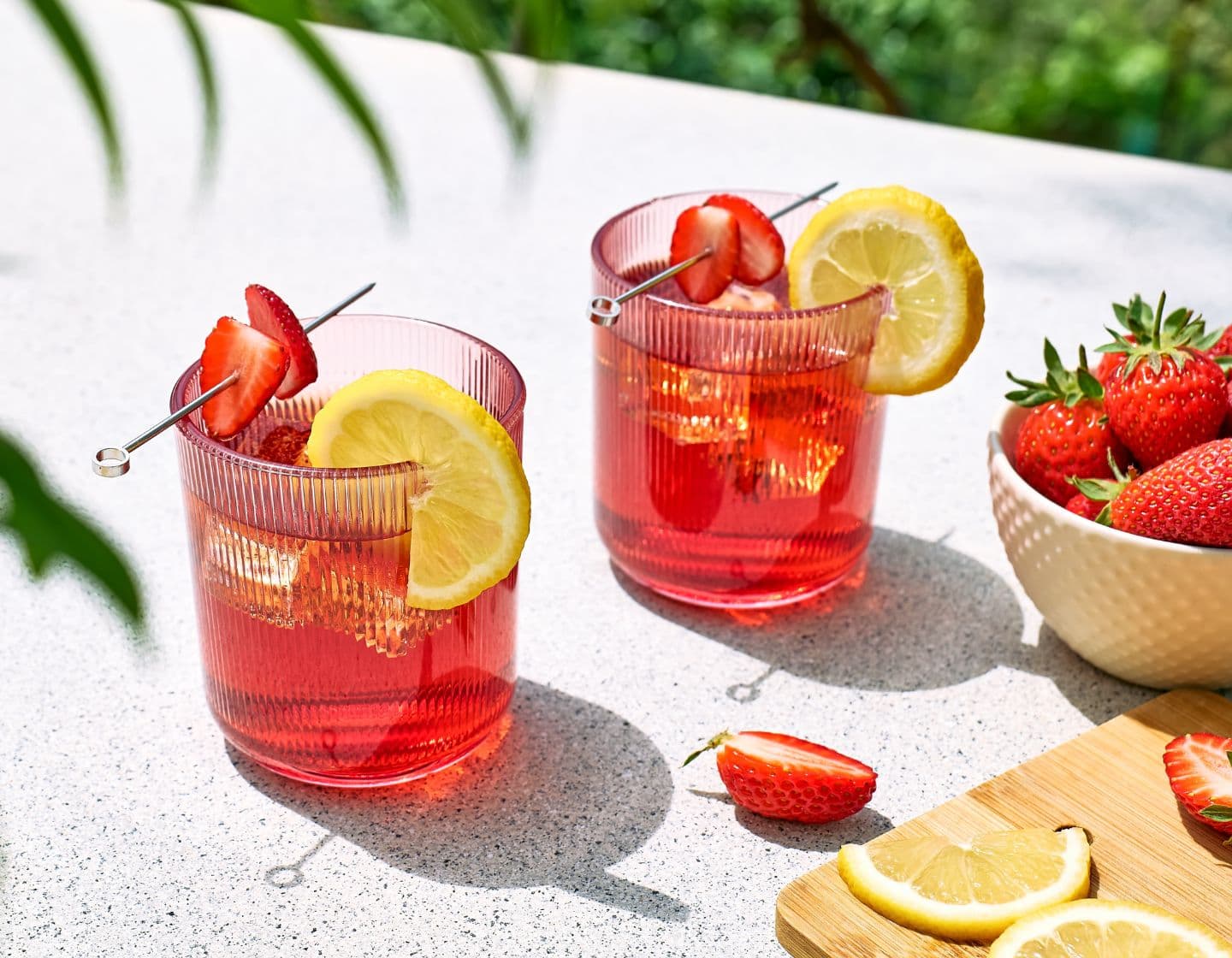Blogs & Inspiration
Serving The Perfect Low Sugar Drinks
Learn how to serve low-sugar drink options without sacrificing your signature flavour.
Author: Tim Philips-Johansson, Johnnie Walker Global Brand Ambassador & World Class Winner
Estimated reading time: 4 minutes

LOW SUGAR SERVES
Sugar plays a massive part in the bar industry and is a widely used flavour profile in countless cocktails and other serves. Be it from syrups, fruit juices, or mixers; bartenders have many options to add sweetness to their drinks.
Used most heavily during the disco drinking era to mask the taste of harsh spirits, tastes have moved on, with customers now seeking options to suit their lifestyle. Bar professionals and mixologists now need to craft drinks that cater to guests evolving tastes and create low-sugar options without losing the taste profile that makes their drinks special. Tim Philips-Johansson shares ways to reduce sugar and still maintain a sweet flavour.
SUGAR-FREE SWEETNESS
There are many ways to give your drinks a sweeter taste without the need for added sugar, providing diverse options for your customers.
Using botanical flavours and spirits can be a great way to avoid adding too much sugar, and these play a massive role in the latest cocktail trends. These ingredients highlight the unique tasting profile of specific fruits and herbs, making for a more refined, deliberate sweet taste without using processed juice or fruit liqueurs.
You can also reduce the sugar content in your cocktails by creating your own syrups. Doing this gives you complete control over how much sugar is used in your drinks, as you can manage how much you use. Not only does this limit the sugar content, but it also makes it easier to monitor the measurements and balance of flavours.
Natural sugars can also be a great replacement, with many bartenders using honey to add the desired sweetness to their cocktails. You can do the same with maple syrup and use other sugar varieties like brown sugar or coconut sugar to reduce your serves glycemic index.
Try the Golden Hour Highball Recipe for inspiration to keep sugar low. It uses naturally sweet ingredients to create a traditionally tart highball without the typical sugar content.
Watch Now: Golden Hour Highball Recipe
Follow this step-by-step guide to make the perfect Golden Hour Highball every time.

Can Cocktails Really Be Sugar Free?
One fundamental principle when making cocktails is balancing sweetness with sourness to create harmony between your flavours. One of the easiest ways to do this is using sugar, meaning that sugar usually plays a massive part in providing balance to your drinks, so it can be challenging to avoid it altogether.
One thing bartenders can do is focus their sugar-free serves on crisper, straight spirits and utilise the characteristics of certain ingredients. For example, experienced bartenders can maintain the required sweetness in their sugar-free drinks by using fortified wines.
Sherry and vermouth have varied styles, and you can choose to use a naturally sweeter tasting option so that you don't need to add sweetness through your other ingredients keeping contents low.
KEY TAKEAWAYS
- You can replicate the sweetness of sugar with natural ingredients like honey, maple syrup and alternative options like brown sugar.
- You can keep sugar contents down by making your own sugar syrup, where you can monitor how much you use.
- Using naturally sweet spirits like vermouth and other fortified wines means you don't need as much sugar in your other ingredients to create a balanced cocktail.
Sign up and become a member of Diageo Bar Academy for free today – and receive our monthly newsletter to unlock the latest industry news, trends and tips to keep your bar knowledge up to speed!
